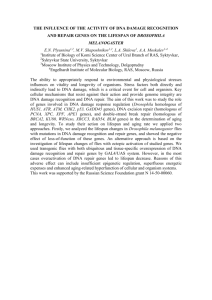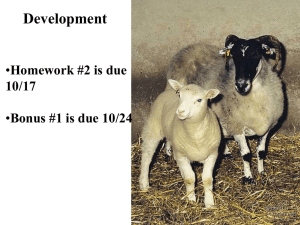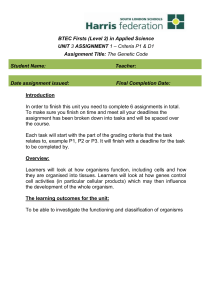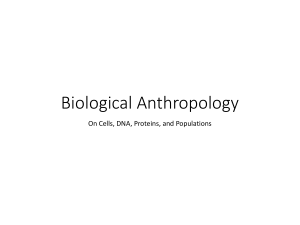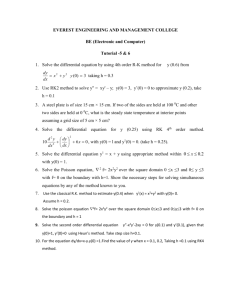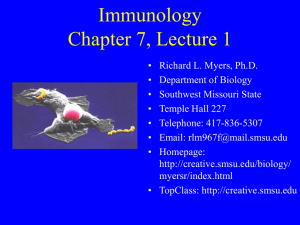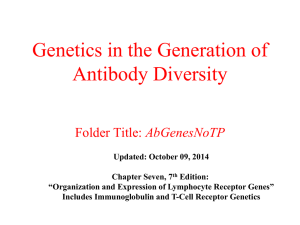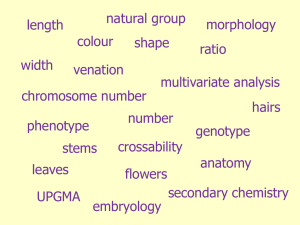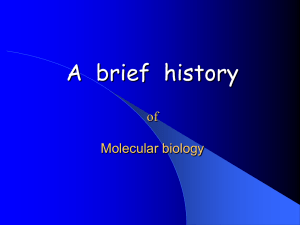What is Mathematical Biology and How is it Useful? Avner Friedman
advertisement
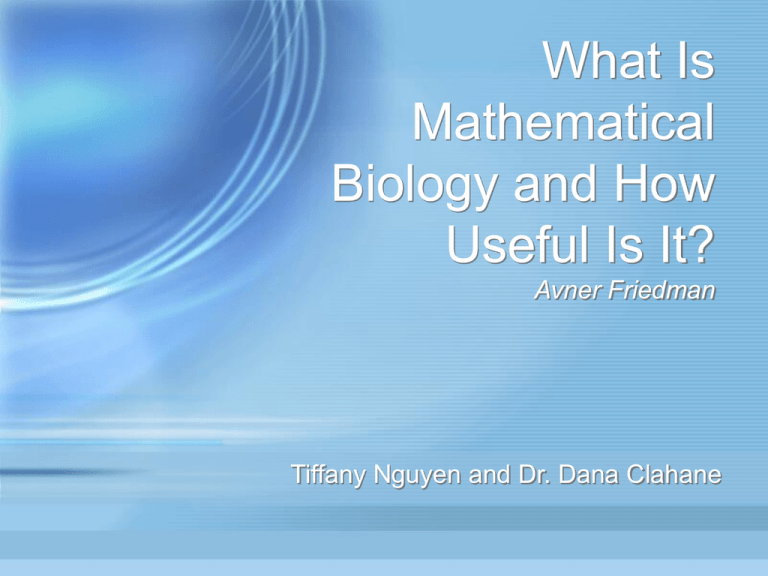
What Is
Mathematical
Biology and How
Useful Is It?
Avner Friedman
Tiffany Nguyen and Dr. Dana Clahane
Recent Progress in the Bioscience That Led
to the Necessity of Biological Mathematics
• Completion of the Human Genome Project
— Identify all the approximately 20,000-25,000 genes in human DNA,
— Determine the sequences of the 3 billion chemical base pairs that make up human DNA
• Discovery of non-coding genes
• Advancement of technology: medical imaging, nanoscale
bioengineering, gene expression arrays
— Collect data from usage of these technologies
— Find trends in the data and analyse them to discover how things work
Genes: segments of deoxyribonucleic acid (DNA) that carry instructions for how to construct
other cells and contain traits from the parent
• Four base pairs of DNA can combine in an infinite amount of orders (factorials can be
applied) to determine the coding of proteins
Non-coding genes: genes that do not code for proteins
Medical imaging: non-invasive techniques using x-rays, radiowaves, soundwaves, or
magnetic fields to record images of internal organs
Nanoscale bioengineering: manufacturing artificial tissues, organs, etc. to replace damaged
parts - on a nanoscale
Gene expression arrays: the process and order through which genes convert information to
carry out the construction of proteins
What is Mathematical Biology?
• Proposing a mechanism derived from
collected data for cellular processes
• Determining the relationship among the
variables of a process
• Developing a model (equation) that correlates
with the experimental data
• Using the trends in the model to predict future
outcomes
Applications of Mathematical
Biology
Ischemic Wounds (wounds with a shortage of blood flow, which impairs healing)
• Mathematical biology is used to find ways to heal
ischemic wounds
— Find relationships between variables of the healing
process: types of cells and tissues involved, chemicals
secreted that facilitate closure of the wound, density of the
tissue
• Use of partial differential equations where the open
wound’s surface is the unknown free boundary
Free boundary problem: solving for an unknown function u and an unknown domain Ω
in a partial differential equation
Partial differential equation: equation involving the derivative of more than one
variable, with respect to one variable
Mathematics of Ischemic Wounds
(1-)(u-us)+ (u/r)=0 at r=L
{0 ≤ r ≤ R(t)} is the open wound region
{R(t) ≤ r ≤ R(0)} is the partially healed
region
{R(0) ≤ r ≤ L} is the normal healthy
tissue
Small incisions of size are made at
r=L, separated by distances of
is a measure of ischemia where
near 1 means extreme ischemia
u is a boundary condition, us is a
solution of ∆u=f
u=us before the incisions changed into a
boundary condition
Mathematics of Surgical Tissue Transfer
Determine the success rate of tissue transfers depending on
diameter of perforating vessel (vessel at the operating site that delivers blood
to the transferred tissue)
Model consists of:
•
•
Variables of venuous blood cell volume fractions c(x), b(x), and a(x)
Oxygen concentration transport/diffusion equations
•
•
Partial differential equations describing the transport and diffusion (high to low concentration) of heat,
mass, momentum, etc.
Arterial and venuous blood flow conservation laws
•
Laws that govern the mass of blood-flow such that the mass remains constant

